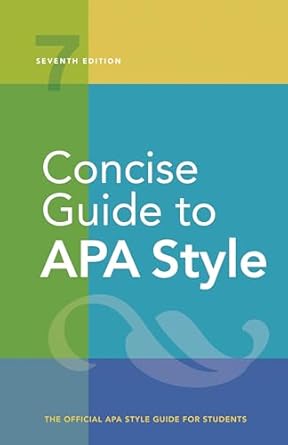[toc]
creating effective figures a guide to visual data
Concise Guide to APA Style: 7th Edition (OFFICIAL)
Page 185 Review
Analyzing Visual Data Representation: A Commentary
This commentary focuses on key aspects of visual data representation as outlined in the provided text.
The text emphasizes clarity, ethical considerations, and practical guidelines for creating and presenting figures, particularly photographs, in academic papers.
Let’s delve into the specifics.
Figure Construction and Clarity
The text highlights the importance of clear and concise figure construction. “Position any superscripts for specific notes near the element being identified.” This emphasizes the need for immediate association between data points and their explanations.
Furthermore, the guideline to report exact p-values, or clearly explain statistical significance markings, ensures transparency and avoids ambiguity.
The text stresses consistency in figure design: “Similar figures or figures of equal importance should be of equal size and scale.
Combine figures that are alike to facilitate comparisons between their content.” This promotes effective comparison and understanding of the presented data.
Combining Figures for Enhanced Comprehension
Combining similar figures is presented as a valuable technique: “For example, two line graphs with identical axes might be combined horizontally into a single figure, or multiple figures might be combined into one figure with multiple panels.” This consolidation reduces redundancy and allows readers to grasp relationships between datasets more easily.
This also aligns with the principle of visual economy, presenting information in the most efficient manner.
Photographs as Figures: Ethical and Practical Considerations
The text dedicates a significant portion to photographs, acknowledging them as a special type of figure. “Photographs in most student papers can be in color and saved in any widely available photo format.” This reflects the accessibility of modern technology and the potential for enhanced visual appeal.
However, it also introduces ethical responsibilities.
The importance of image quality is underscored: “Because reproduction softens contrast and detail in photographs, starting with rich contrast and sharp detail will improve the final version of the image.” This emphasizes the need for high-quality source material to counteract potential degradation during publication.
Ethical Use of Photographic Images
The text explicitly addresses the ethical implications of image manipulation: “However, when a photographic image has been altered in a manner beyond simple cropping and/or adjustment for light levels, clearly indicate in a general note how the image has been altered.
Ethical principles of publication forbid any intentional misrepresentation of images, just as fraudulent data manipulation is forbidden.” This highlights the crucial distinction between acceptable adjustments (cropping, light level adjustments) and unethical manipulations that could distort the data.
The guidelines address privacy concerns when using photographs of individuals: “If you photograph an identifiable person, obtain a signed release from that person to use the photograph in your paper (see Section 8.38); if the person is not identifiable, a release is not needed.” This demonstrates an awareness of legal and ethical responsibilities regarding personal data and image rights.
Copyright and Permissions
The text also addresses copyright issues related to photographs: “If you want to reprint or adapt a photograph from another source, you may need to obtain permission to use it in your paper because professional photographs are usually the property of the photographer.” This reinforces the importance of respecting intellectual property rights and seeking appropriate permissions when reusing copyrighted material.
The text directs readers to further information on reprinting or adapting photographs from other sources.
General Notes and Abbreviations
The text states that “explanations of abbreviations and copyright attributions for reproduced figures last in the general note”.
This ensures readers can quickly find vital information about the figure, understand specific elements, and check the figure’s source, which is vital for academic integrity.
Conclusion
In conclusion, the provided text offers comprehensive guidance on creating and presenting figures, with a particular emphasis on photographs.
It highlights the importance of clarity, consistency, ethical considerations, and adherence to copyright regulations.
By following these guidelines, researchers and students can ensure that their visual data representations are both informative and ethically sound, enhancing the overall quality and credibility of their work.
The integration of these principles ensures the effective communication of research findings and promotes ethical practices in academic publishing.
Buy full ebook for only $18: https://www.lulu.com/shop/american-psychological-association/concise-guide-to-apa-style-7th-edition-official/ebook/product-rmzpq54.html?page=1&pageSize=4

